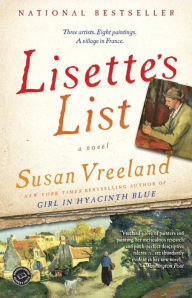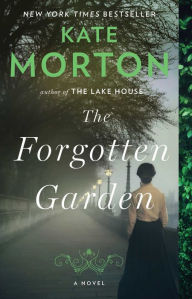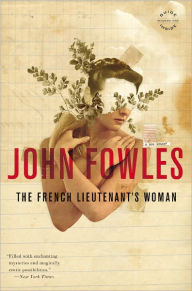In 1937, young Lisette Roux and her husband André leave their beloved Paris and move to the south of France, to the small Provençal village of Roussillon to care for André’s grandfather Pascal.
Once an ochre miner, Pascal loved paintings whose pigments used his ochre. By exchanging his homemade frames for paintings by destitute artists, Pascal had acquired eight works of art. These paintings have grown in value as the fame of the artists grew, but their worth is beyond money to Pascal. He wants to be sure that André and Lisette understand their true worth and will protect them when he himself is gone.
The story is from Lisette’s point of view, first her misery at leaving Paris and the art world she is just beginning to move into, hoping for a job at a gallery, then her growing love for Pascal and Roussillon. She keeps track of her vows and promises to herself of what she will do in her lifetime.
All too soon, their life in Provence is overtaken by World War II. André hides the paintings before going off to fight, leaving Lisette to manage without his income. When the Germans occupy Roussillon, they are determined to find Pascal’s paintings.
In this final book from the author of books such as Girl in Hyacinth Blue and The Passion of Artemisia, we have the combination of historical fiction and a deep appreciation of art that we’ve come to expect from Vreeland. Along with Lisette, we are introduced to artists such as Pissaro, Cezanne and Picasso. The descriptions of the paintings and of Provence itself are luscious.
So why did I grow a little bored towards the middle of the story? Partly it was because these artists were not new to me. Partly it was because Lisette, the girl from Paris, seemed to accomplish new things without any trouble at all. Acquire and learn to care for a goat and chicken? No problem. Figure out how to make cheese and candies good enough to sell? Child’s play. She does face some challenges with the Germans and a man in town, it’s true. But I had a bigger problem with the book.
What we expect in a story is a protagonist with an overwhelming need or goal who faces obstacles to achieving what she’s set out to do. We expect there to be an external journey as she confronts these obstacles, as well as an internal journey as she learns more about herself and changes as a result of her inner and outer conflicts. We expect the stakes to be high for both.
The problem for me was that while Lisette certainly had an eventful outer journey, one with high stakes, she didn’t have much of an inner journey. She does have those vows and promises; she does want to be part of the art world, but it all seems rather vague. The stakes are low or non-existent for her inner journey. She doesn’t change by the end of the book. After eleven years, she’s still the same naïve young woman who came to Roussillon.
However, I’m glad I read the book, if only for the descriptions of life in Roussillon and of how the paintings affected Lisette and others. I’m grateful for the opportunity to think about the uses of art in our day-to-day lives, outside of museums and galleries.
What novel about art and artists have you enjoyed?



